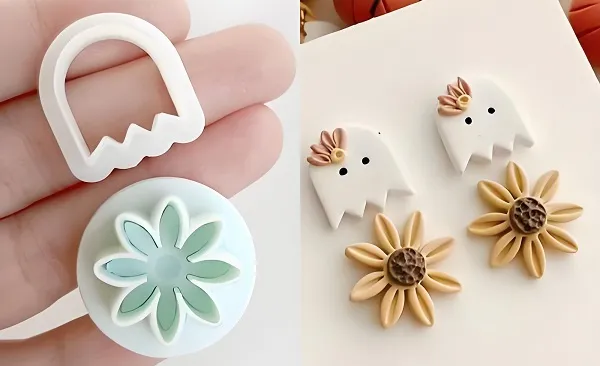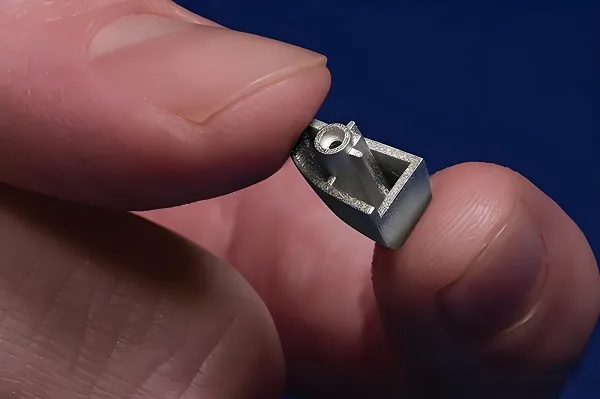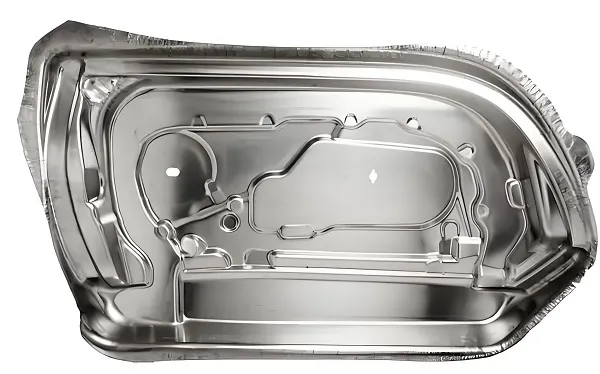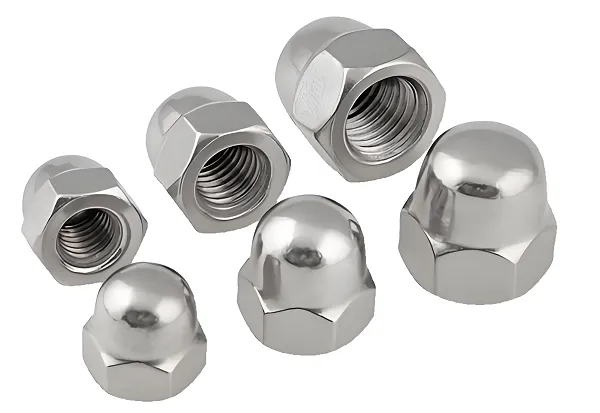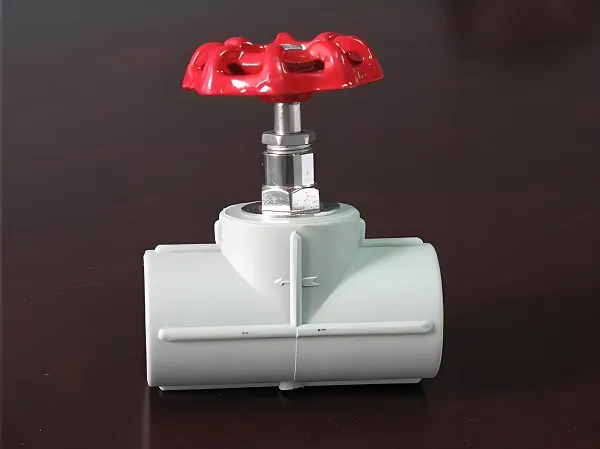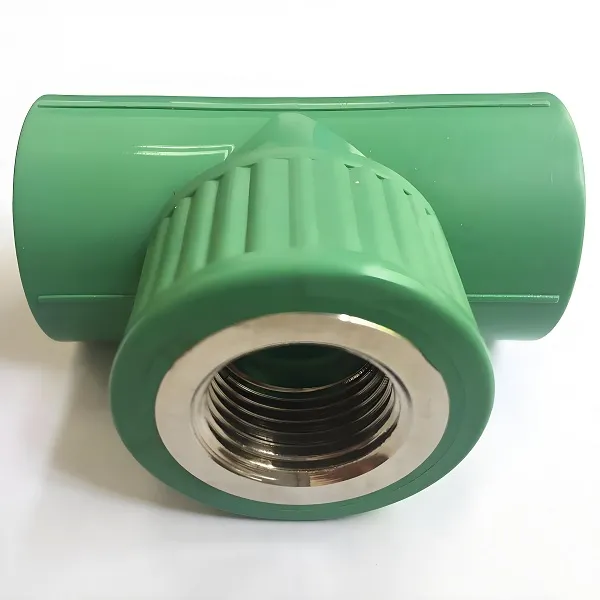Injection molding, as an efficient and precise plastic processing method, occupies a pivotal position in the manufacturing industry. With the development of science and technology, the traditional injection molding process has been difficult to meet the market requirements for product diversity and high performance, composite injection molding process came into being. Composite injection molding process by combining two or more different materials in the same molding process, to achieve the optimization of product performance and appearance innovation, for the manufacture of plastic products opened up a new way. In this paper, we will discuss in depth the technical points of composite injection molding process, applicable products and fields, as well as the differences with other injection molding processes, and analyze the characteristics of the products it produces.
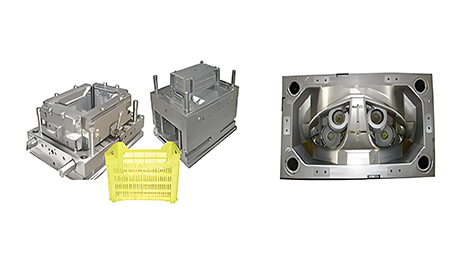
1. Theoretical basis and conceptual framework
Composite injection molding process is a multi-component injection molding technology, which uses two or more injection units to inject plastics or other materials with different properties in the same mold simultaneously or sequentially to form plastic products with multiple properties or appearance. The process originated from the improvement of the traditional injection molding process, aiming to realize the improvement of product performance and cost reduction through the combination of materials. Previous research in the composite injection molding process has focused on material selection, mold design, molding process control and other aspects, and has achieved remarkable results. However, there are still some gaps in the current research, such as the material interfacial bonding mechanism in the composite injection molding process, the flow behavior of multi-component materials in the mold, etc. The solution of these problems is of great significance to further optimize the composite injection molding process.
2.Research design and methodology
This study adopts a combination of experimental research and theoretical analysis to explore the composite injection molding process in depth. In the experimental part, a series of composite injection molding samples were prepared by designing different material combinations and molding parameters, and their performance tests and microstructure observations were carried out. In the theoretical part, based on the basic principles of fluid dynamics and material science, a mathematical model of the composite injection molding process was established to simulate and analyze the flow behavior and interfacial bonding mechanism of materials in the mold. The research data come from experimental tests and model calculations, and the data collection methods include performance tester, microscope observation and numerical simulation software.
3.Research results and analysis
The experimental results show that the composite injection molding process can significantly improve the mechanical properties, heat resistance and chemical resistance of plastic products. By optimizing the material combination and molding parameters, precise regulation of product properties can be achieved. For example, adding a small amount of elastomer to the polypropylene (PP) matrix can significantly improve the flexibility and impact resistance of the product. In addition, the composite injection molding process can also realize the innovation of product appearance, such as multi-color injection molding, the combination of transparent and opaque materials, etc., which provides more possibilities for product design.
In terms of microstructure, the interfaces of different materials in the composite injection molding samples are tightly combined, and there is no obvious delamination or peeling phenomenon. This indicates that the composite injection molding process has high reliability in material interface bonding. At the same time, the numerical simulation results also verify the accuracy of the theoretical model, providing theoretical support for further optimization of the composite injection molding process.
4. Differences with other injection molding processes
Compared with the traditional single-component injection molding process, the composite injection molding process has the following significant differences:
Material diversity: the composite injection molding process allows the use of a variety of different properties of the material for the combination, so as to achieve the precise regulation of the product performance.
Complexity of the molding process: Since it involves simultaneous or sequential injection of multiple materials, the molding process of composite injection molding process is relatively complex, requiring precise control of molding parameters and mold design.
Optimization of product properties: The composite injection molding process can significantly improve the mechanical properties, heat resistance and chemical resistance of the product, while realizing the innovation of product appearance.
5. Produced Product Characteristics
The products produced by the composite injection molding process have a variety of excellent characteristics, including but not limited to:
High performance: By optimizing the combination of materials and molding parameters, precise regulation of product performance can be achieved to meet the demand for high-performance materials in different fields.
Diversification: The composite injection molding process can realize the innovation of product appearance, such as multi-color injection molding, combination of transparent and opaque materials, etc., which provides more possibilities for product design.
Cost-effectiveness: through the reasonable use of different properties of the material for the combination, can ensure the performance of the product at the same time to reduce production costs.
6.Conclusion and future research direction
This study shows that the composite injection molding process is an efficient and precise plastic processing method that can significantly improve the mechanical properties and appearance quality of products. By optimizing the material combination and molding parameters, precise regulation of product properties can be achieved to meet the demand for high-performance materials in different fields. However, there are still some gaps in the current research, such as the material interfacial bonding mechanism during composite injection molding and the flow behavior of multi-component materials in the mold. Future research can further explore these issues to further optimize the composite injection molding process, improve product performance and reduce costs.
In addition, with the development of new materials and new technologies, the application areas of composite injection molding process will continue to expand. For example, in the automotive industry, composite injection molding process can be used to manufacture automotive parts with high strength and lightweight characteristics; in the electronics industry, can be used to manufacture electronic components with excellent electrical properties and heat resistance. Therefore, composite injection molding process has broad application prospects and far-reaching social and economic value.

